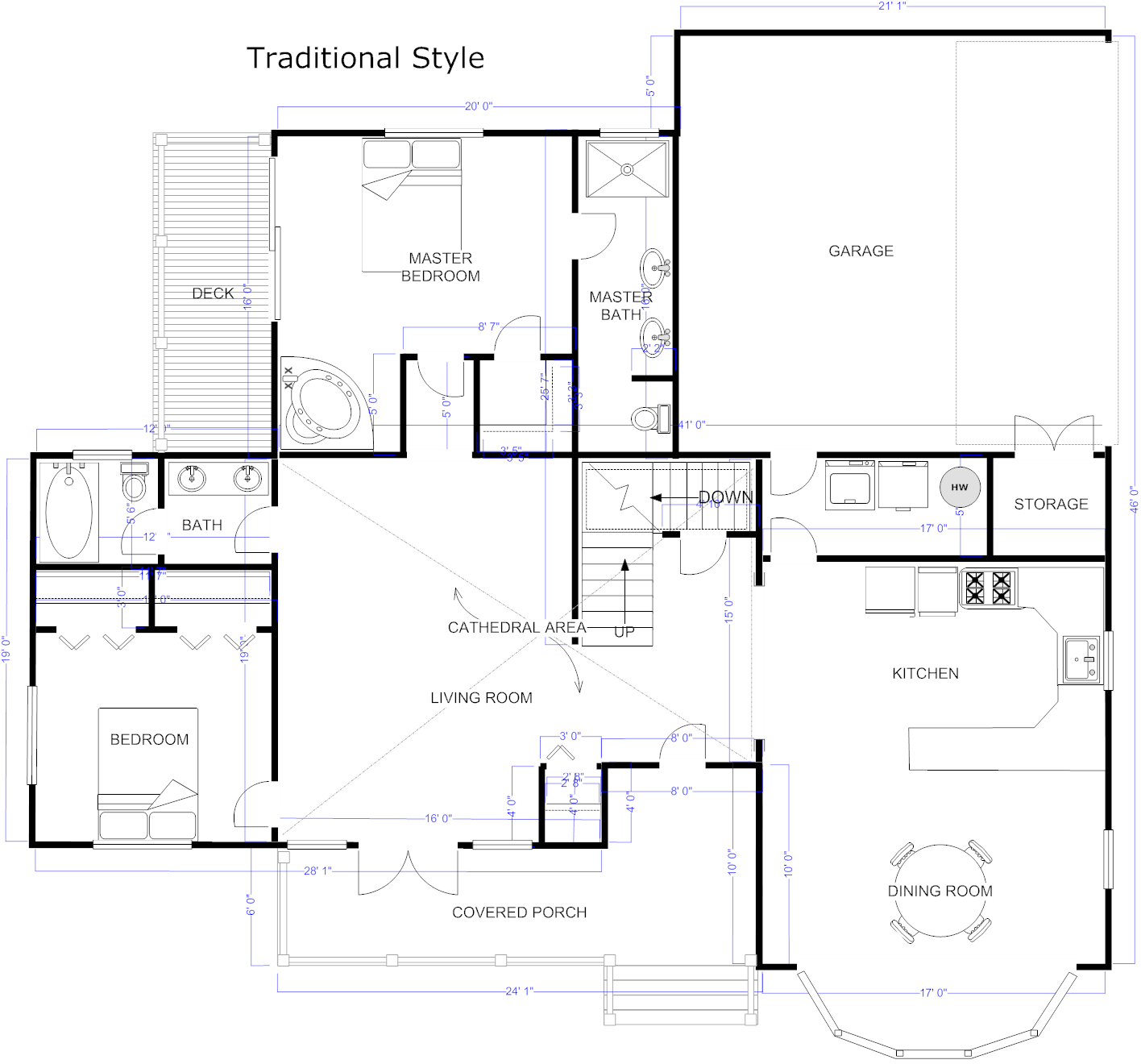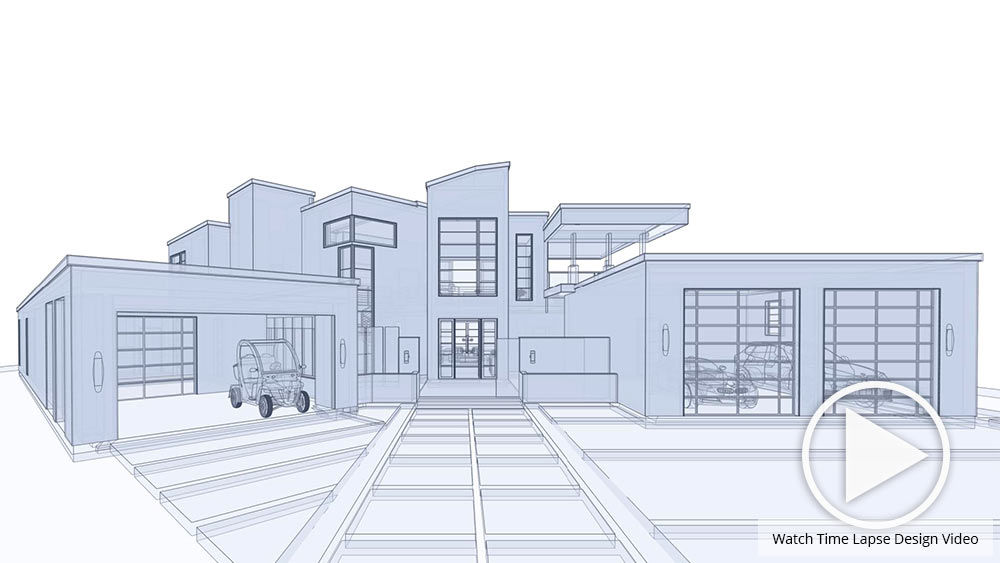Why CDA Architects Are Leaders in Architectural Design and Technology
Why CDA Architects Are Leaders in Architectural Design and Technology
Blog Article
A Thorough Overview of Building Designs and Their Influence on Modern City Planning and Growth
Building designs have long offered as a mirror to the societal worths and technological innovations of their time, playing a critical function in shaping modern city preparation and development. From the majesty of Neoclassicism to the utilitarian strategy of Brutalism, each style has actually introduced unique principles that affect metropolitan appearances and performance.
Historic Summary of Building Styles
Throughout history, building styles have actually evolved in action to social, technological, and ecological variables. Each period shows the dominating values, beliefs, and innovations of its time, resulting in an abundant tapestry of design that represents human creativity and adjustment. The ancient worlds, such as the Egyptians and Greeks, developed fundamental styles that highlighted proportion and percentage, serving both useful and aesthetic objectives.
As societies transitioned with the Center Ages, Gothic style emerged, characterized by its verticality and detailed describing, matching the spiritual goals of the age. The Renaissance noted a rebirth of classical suitables, combining art and style in cutting-edge manner ins which influenced subsequent styles throughout Europe.
The Industrial Change presented brand-new products and construction methods, triggering motions like Innovation, which tested conventional forms and accepted simplicity and performance. The 20th century saw a diversification of styles, with Postmodernism reacting against the plain minimalism of its predecessor, integrating historical recommendations and eclectic aspects.
Today, architectural styles remain to progress, driven by globalization and sustainability problems, mirroring a vibrant interplay between heritage and development. This historical introduction emphasizes the value of style as a mirror of social development and as a driver for metropolitan development.
Key Architectural Styles Explained
The variety of building designs mirrors the myriad impacts that shape our built environment, each personifying distinctive qualities and cultural significances. Trick building styles consist of Classic, Gothic, Baroque, Modernism, and Postmodernism, each representing unique historic contexts and aesthetic viewpoints.
Classic architecture, rooted in ancient Greece and Rome, emphasizes balance, proportion, and using columns. On the other hand, Gothic style, thriving between Ages, is defined by sharp arches, ribbed safes, and flying buttresses, creating a heavenly top quality in cathedrals. Baroque style, emerging in the 17th century, is marked by majesty, fancy embellishment, and a vibrant interplay of light and darkness.

Comprehending these styles gives understanding right into the cultural stories and technological improvements of their particular eras, highlighting exactly how architecture offers not just as a shelter, but as a representation of societal values and aspirations.
Effect On Urban Planning
In shaping the development Clicking Here of cities, architectural designs substantially affect metropolitan preparation decisions. The option of building style often dictates the aesthetic appeals, capability, and overall personality of metropolitan settings.
Additionally, building styles can affect zoning laws and land use plans. Urban organizers should take into consideration the dominating building fads when creating areas, ensuring that brand-new growths harmonize with existing structures. This consideration promotes cohesive city landscapes and enhances neighborhood identity.
The implementation of specific find out this here building styles can also affect socioeconomic elements within a city. As an example, premium modern designs may draw in upscale homeowners and companies, causing gentrification, while a lot more cost effective real estate options could focus on sensible and lasting layouts to suit varied populaces. Inevitably, the interaction in between building styles and urban planning develops vibrant cities that show both historical context and contemporary requirements, forming the lived experiences of their occupants.
Sustainability and Modern Design
Architectural designs play a crucial function in resolving modern challenges, specifically in the world of sustainability. As metropolitan areas expand and ecological issues heighten, modern style progressively accepts sustainable design concepts that prioritize power effectiveness, resource preservation, and very little ecological impact.
Contemporary building motions, such as biophilic design and environment-friendly architecture, supporter for structures that harmonize with their environments, utilizing all-natural products and promoting biodiversity - cda architects. These styles commonly integrate renewable resource resources, such as photovoltaic panels and wind turbines, to minimize reliance on nonrenewable fuel sources and lower carbon impacts
In addition, the combination of innovative technologies, such as clever structure systems, boosts energy monitoring, maximizing source usage while making certain owner convenience. Cutting-edge water management techniques, including rainwater harvesting and greywater recycling, more add to lasting metropolitan environments.
Especially, sustainability extends beyond ecological issues; it incorporates social and financial measurements. By promoting community wellness and promoting inclusivity, contemporary architectural styles line up with lasting growth goals. Consequently, the evolution of architectural methods remains to shape durable cities that not just meet the demands of the here and now but additionally guard the future for generations ahead.
Community Interaction in Style
Area interaction in style works Home Page as an essential bridge in between engineers and the populations they offer, making certain that the constructed setting mirrors the needs and ambitions of its customers. This collaborative process welcomes community participants to contribute their understandings and preferences, fostering a sense of possession and duty towards the areas they occupy.
Reliable area involvement employs numerous techniques, such as workshops, surveys, and public online forums, to gather varied viewpoints (cda architects). These techniques help with a two-way dialogue, enabling architects to understand neighborhood contexts while encouraging locals to articulate their worries and needs. This inclusivity not just boosts the style high quality but likewise advertises social equity by addressing the one-of-a-kind difficulties faced by marginalized teams

Final Thought
Architectural styles have actually exceptionally influenced modern city planning and growth, showing developing social and technological contexts. As cities continue to expand and adapt, the recurring discussion between building heritage and contemporary design concepts will continue to be crucial in producing inclusive, vivid areas that improve top quality of life and advertise social equity.
Report this page